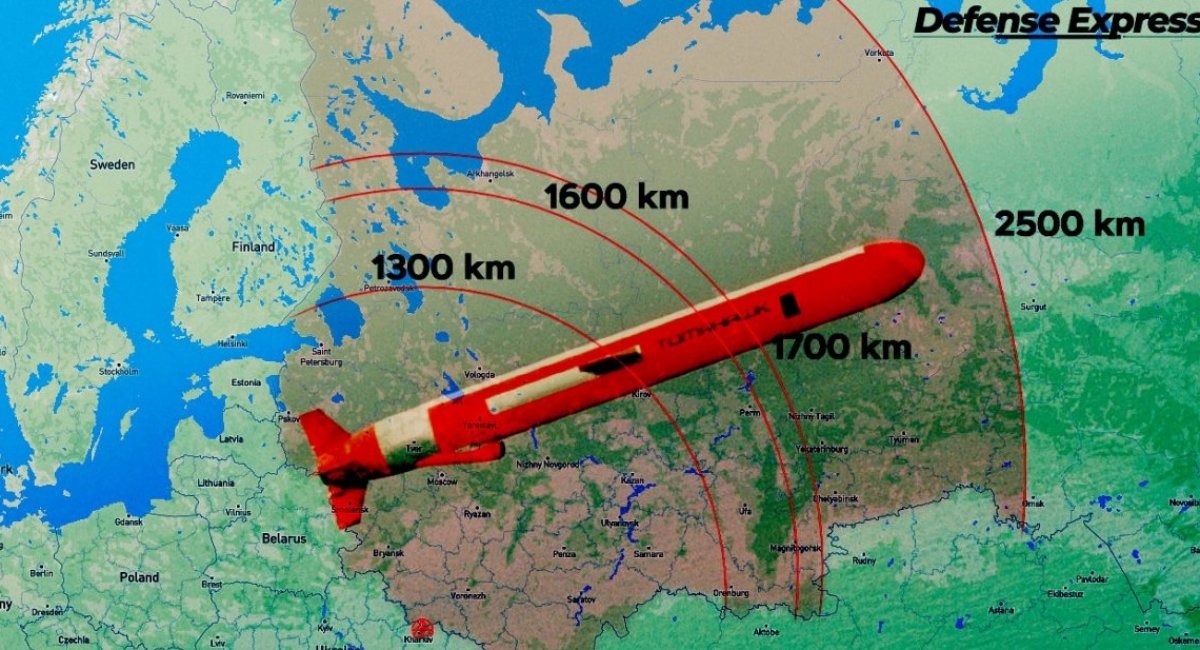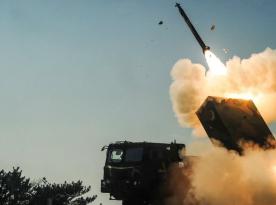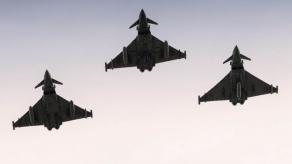Numerous publications and infographics about the Tomahawk cruise missile often cite very different ranges. The figure most frequently mentioned is 2,500 km. A less common number is 1,600 km, but some sources state 1,700 km or even only 1,300 km.
This matters in the debate over supplying them to Ukraine: range strongly determines the set of targets these missiles could strike in russia from Ukrainian territory.
Read more: Quantum Systems Transforms Reliant Unmanned Aerial System into Advanced Mothership for the U.S.
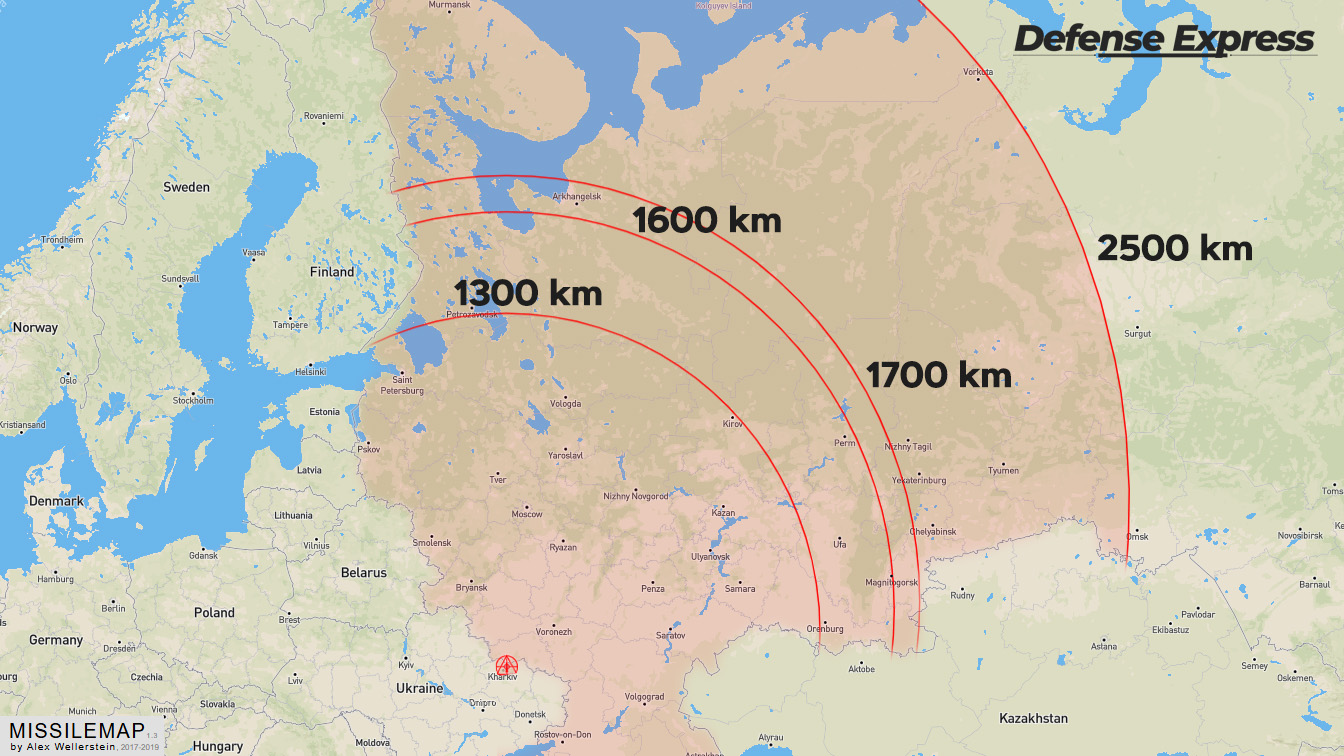
A 2,500 km range would formally allow strikes as far as remote russian regions such as Vorkuta and enable confident strikes beyond the Urals. A 1,300 km range, however, limits reach to the European part of russia, where the vast majority of strategic targets are still located.
From Defense Express' point of view, it is reasonable to finally clarify Tomahawk's range. The short answer: in current variants the range is 1,600 km. The confusion exists because the Tomahawk, which entered service in 1983, has undergone many modernizations, and different versions have different ranges.
Today the latest version is the Block V, introduced in 2021; Block IV, first fielded in 2006, is also current. Before them was Block III, produced from 1993. Block II appeared almost immediately after Tomahawk's introduction to service in 1984.
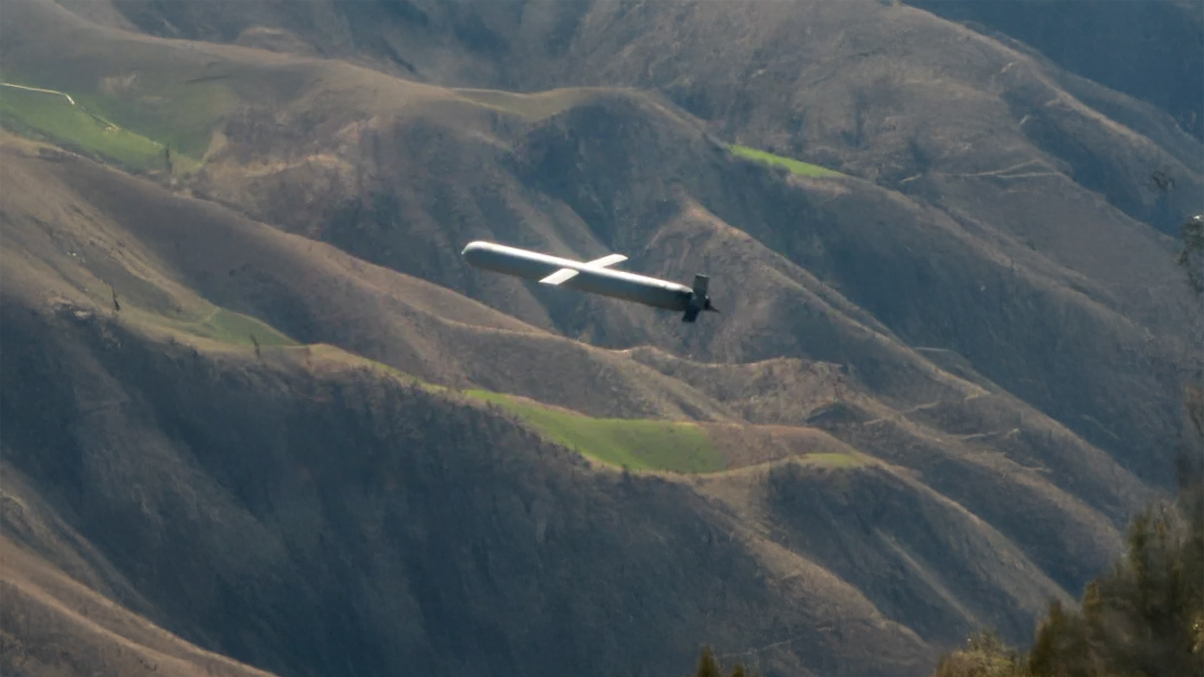
The maximum 2,500 km range was achieved only by the earliest TLAM-N and the Block II TLAM-A variants (1984). Those were nuclear-capable versions carrying the W80 nuclear warhead. The reason those variants had such long range is simple: the W80 nuclear warhead weighed only about 130 kg far less than a conventional warhead of roughly 450 kg. Less warhead weight means more fuel and therefore greater range.
As for the Tomahawk TLAM-N and the Block II TLAM-A, past tense should be used. By 2010, according to available information, all nuclear Tomahawks were withdrawn from service. Earlier, in 1991, in compliance with the INF Treaty which russia later violated and which is no longer in force the land-based BGM-109G Gryphon missiles with nuclear warheads were destroyed.
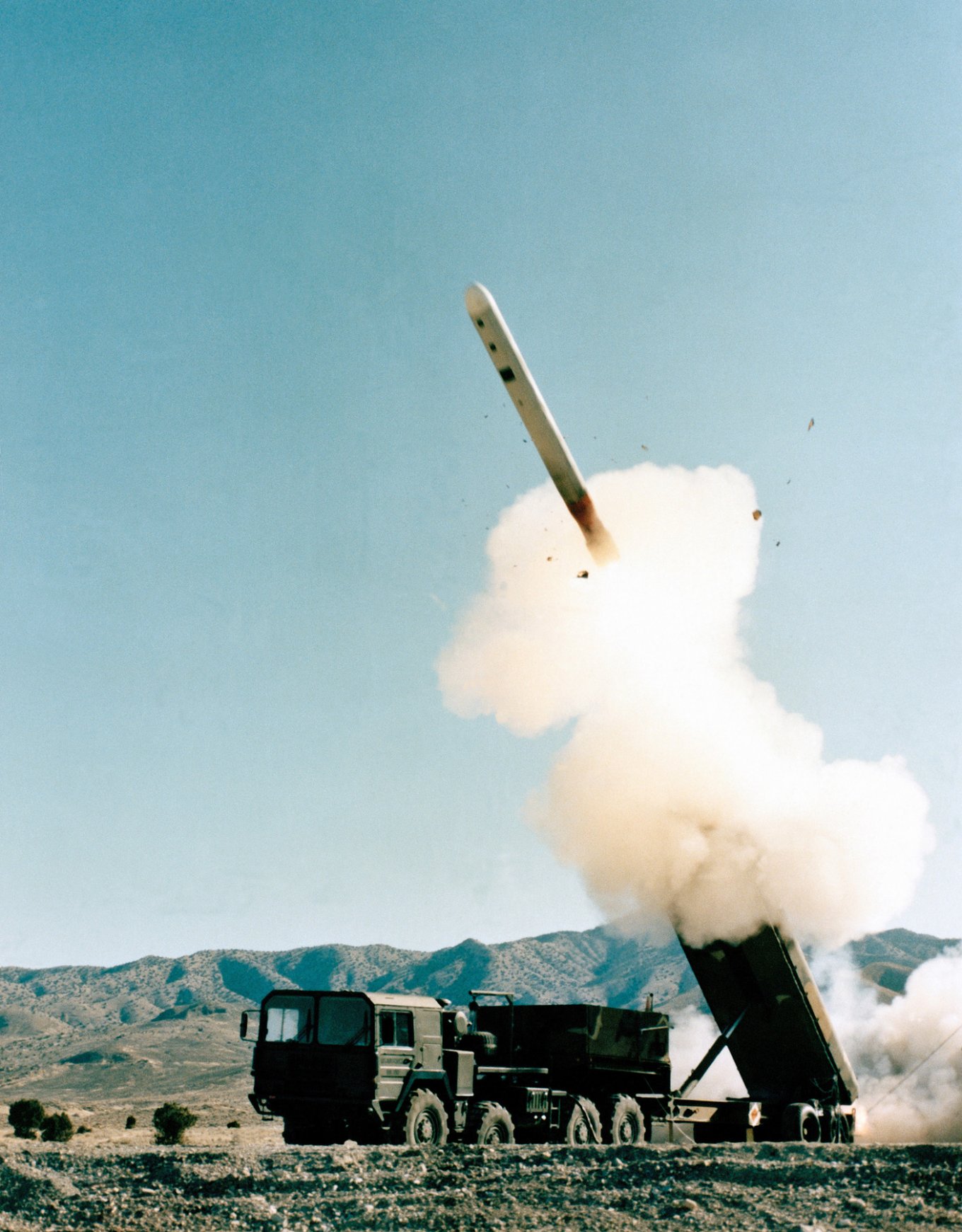
So currently no Tomahawk officially has a 2,500 km range. All nuclear variants were converted to conventional weapons, whose warhead weight was initially 1,000 pounds (about 454 kg). Because of that, the non-nuclear Block II's range fell to 1,300 km.
In Block III (the 1993 version) the warhead weight was reduced. McDonnell Douglas, still an active company at the time, stated that Block III, which primarily added satellite navigation, received an improved unitary warhead. It was smaller than the original 1,000-pound warhead but delivers the same lethal effect while allowing the missile to carry more fuel.
For the Tomahawk Block III TLAM-C with the unitary warhead, an official range of 1,700 km was declared. Its cluster variant, the Tomahawk Block III TLAM-D with 166 combined-effects submunitions, had a range of only 1,300 km. Cluster Tomahawks no longer exist either they were also converted to unitary warheads. As for the Block III TLAM-C, the US Navy planned in 2020 to withdraw them from service and dispose of them.
In the Block IV version (2006), which added in-flight reprogramming via a two-way satellite data link and improved navigation, the range fell to 1,600 km. Officially the warhead weight remains listed as 1,000 pounds (454 kg).
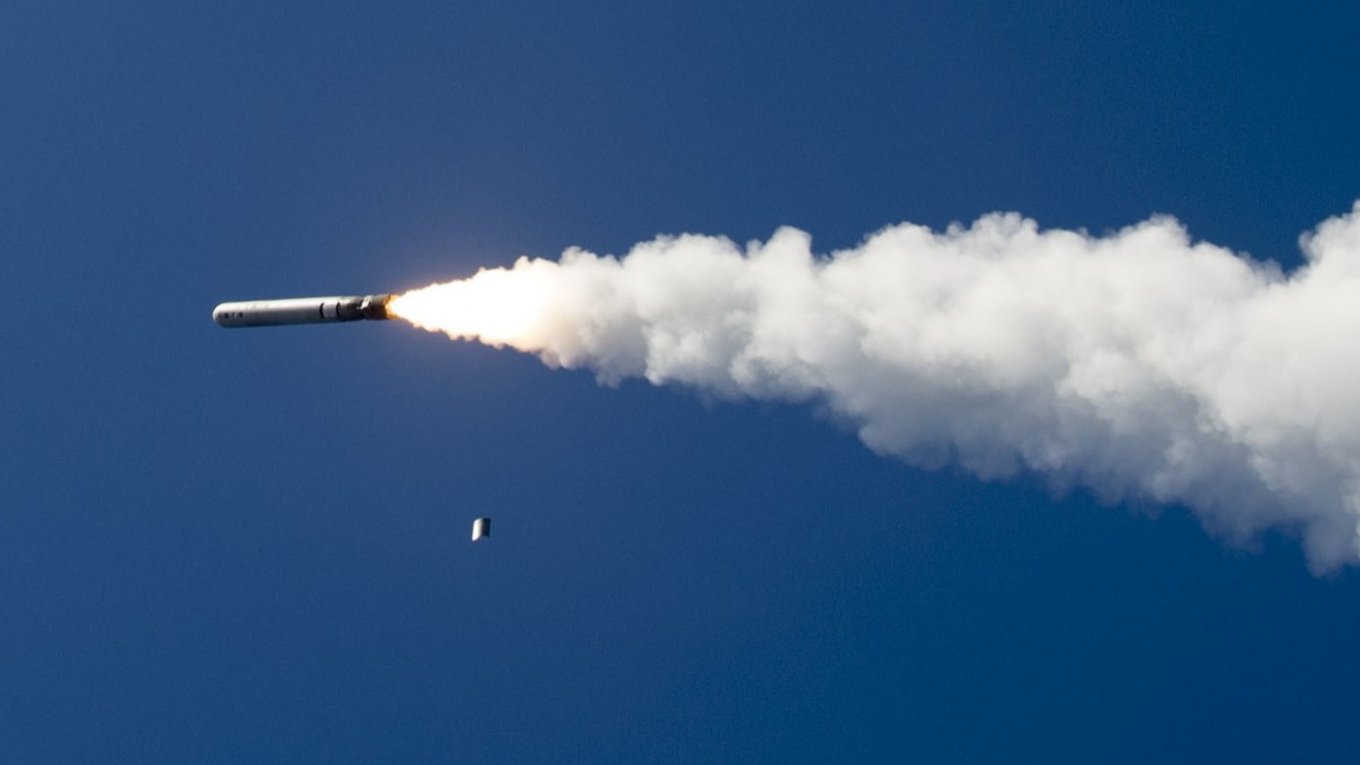
The Tomahawk Block V (2021) actually has two subvariants. Block Vb is a land-attack variant with the same 1,600 km range but a new multifunctional unitary warhead that offers broader effectiveness against varied targets. Block Va is an anti-ship variant, believed to use an active-passive radar seeker and possibly have a reduced range.
So, all things considered, if we talk about Tomahawks for Ukraine, the only realistic options are missiles with a 1,600 km range or, if some Block III missiles have not yet been retired, potentially 1,700 km.
Read more: It Takes U.S. Four Years to Fully Arm First Dark Eagle Hypersonic Battery But Real Test is Just Beginning




